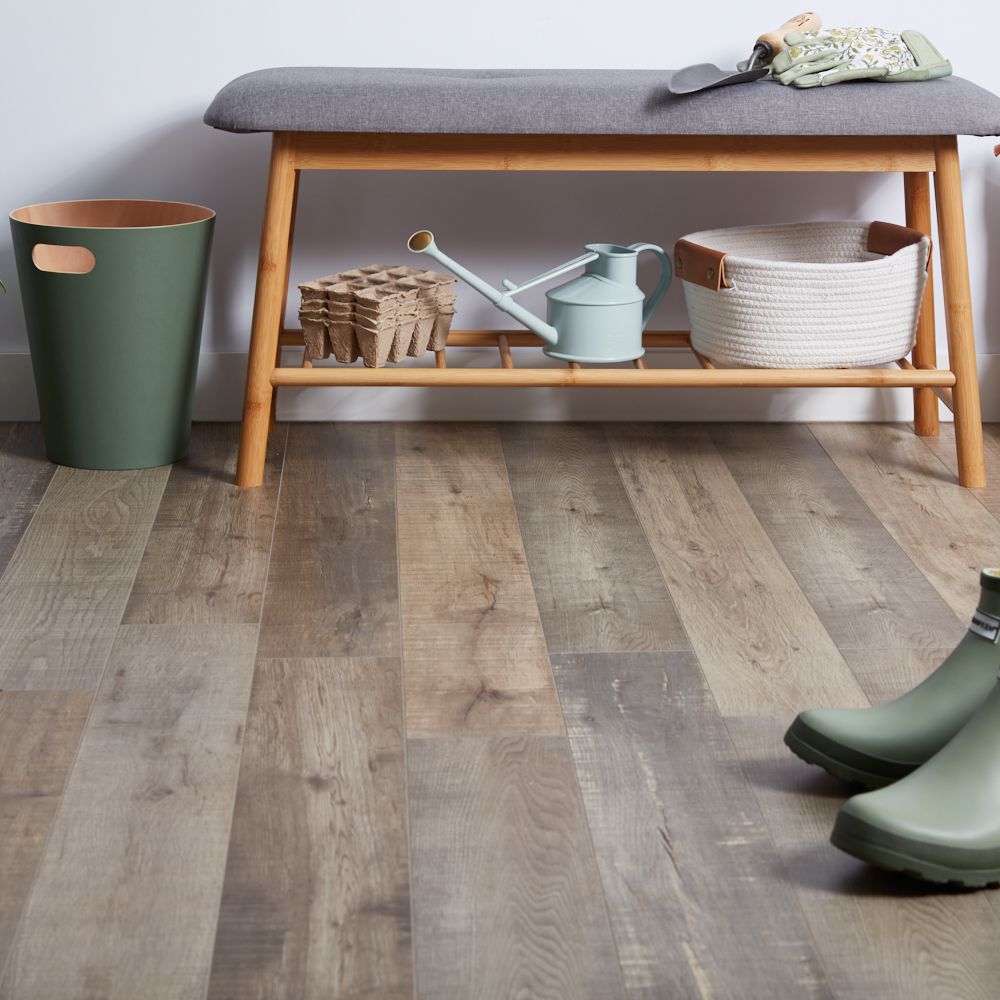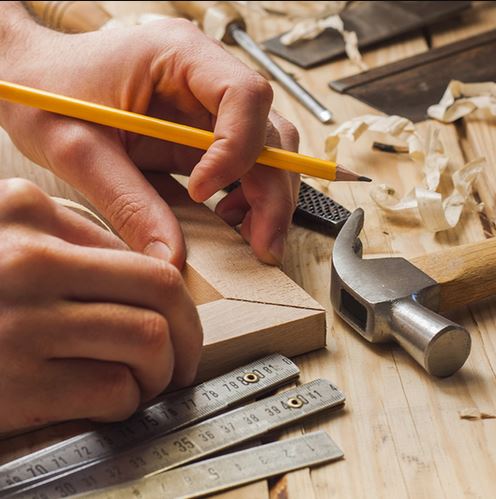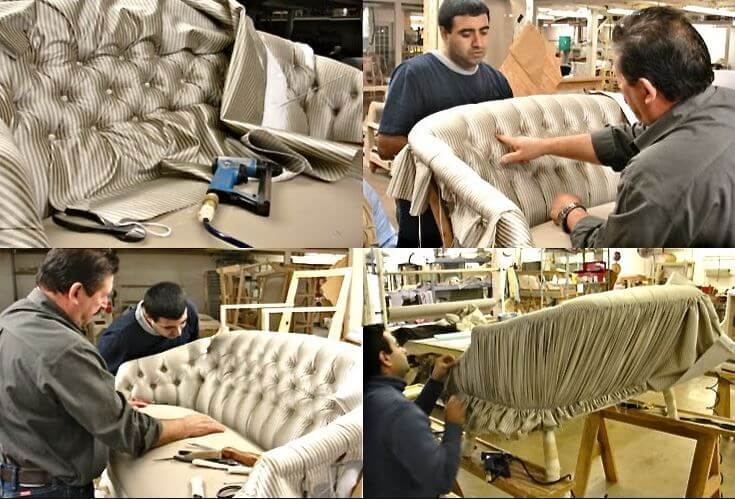When it comes to interior design, flooring is often overlooked—but it can be one of the most powerful elements in transforming a space. The right flooring pattern can elevate a room from ordinary to extraordinary, creating visual interest, defining spaces, and adding personality to your home. Creative flooring patterns allow homeowners and designers to express style in a subtle yet impactful way, making the floor a true statement piece.
Why Flooring Patterns Matter
Flooring patterns do more than just cover a surface. They contribute to the overall aesthetic, influence how a space feels, and even affect the perception of room size. For example, diagonal or herringbone patterns can make a small room appear larger, while bold geometric tiles can draw attention to a specific area, such as a foyer or kitchen backsplash floor.
Additionally, creative patterns allow you to express your personality. Whether you prefer classic elegance, modern minimalism, or eclectic charm, the right floor design can set the tone for the entire room.
Popular Creative Flooring Patterns
There are several creative patterns that have become increasingly popular among homeowners and designers:
Herringbone
The herringbone pattern features rectangular planks arranged in a zigzag formation, creating a timeless and elegant look. Traditionally used with hardwood flooring, herringbone now extends to laminate, vinyl, and even tile options. This pattern works well in living rooms, hallways, and dining areas, adding a sense of sophistication and movement.
Chevron
Often confused with herringbone, chevron flooring is similar but features planks cut at an angle to form a continuous “V” shape. Chevron creates a seamless, modern effect that adds dynamism to any space. Its bold geometry makes it an excellent choice for statement floors in contemporary interiors.
Geometric Tiles
Geometric patterns, including hexagons, triangles, and diamonds, have gained traction for their playful yet stylish appeal. These patterns work beautifully in bathrooms, kitchens, or accent areas. You can mix colors or textures for a more personalized look or stick to monochrome for understated elegance.
Parquet
Parquet flooring is all about intricacy and craftsmanship. Small wooden pieces are arranged in repetitive, decorative patterns such as squares, baskets, or herringbone. Parquet floors exude classic charm and luxury, making them ideal for formal spaces like dining rooms or offices.
Mixed-Material Patterns
For a truly unique approach, consider mixing materials such as wood, stone, and tile within a single pattern. This creates contrast, texture, and a one-of-a-kind look. For example, a hallway could feature a combination of natural stone tiles bordered by wood, creating a luxurious entrance that draws the eye.
Tips for Creating Statement Flooring
Choose the Right Scale
The scale of the pattern should complement the room size. Large patterns can overwhelm a small space, while tiny repetitive patterns may get lost in a large room. Balance is key to ensuring your floor enhances the room rather than dominates it.
Stick to a Color Palette
Harmonizing the floor colors with your existing décor ensures a cohesive look. Bold, contrasting colors can make a dramatic statement, while subtle variations in tone create depth without clashing with other elements.
Consider Texture
Texture can enhance the visual appeal of flooring patterns. Matte finishes, distressed wood, or embossed tiles add dimension and tactile interest. Combining texture with pattern can elevate your floors from functional to artistic.
Layer with Rugs
Even statement floors can benefit from area rugs. Rugs help define seating areas, add warmth, and allow flexibility in changing décor without altering the permanent flooring. Transparent rugs or minimalist designs work best if you want to showcase your creative patterns.
Focus on Key Areas
Not every room needs a bold statement floor. Foyers, kitchens, and bathrooms are perfect candidates for patterned floors that capture attention. Living rooms and bedrooms can benefit from subtler designs that complement other design elements.
Maintenance Considerations
Creative flooring patterns require maintenance to keep them looking their best. Hardwood and parquet floors should be cleaned regularly and polished to maintain shine. Tiles require routine cleaning of grout lines, and mixed-material floors may need specialized care for different surfaces. Choosing durable materials suited to high-traffic areas will ensure your statement floor remains beautiful for years to come.
Conclusion
Creative flooring patterns are a powerful design tool that can elevate any space. Whether you opt for herringbone, chevron, geometric tiles, parquet, or mixed-material designs, the right floor pattern can transform a room into a visually stunning environment. By considering scale, color palette, texture, and placement, you can create floors that are not only functional but also bold expressions of style.
Your floors don’t have to be an afterthought—they can be the focal point of your interior design. Investing in creative flooring Dubai patterns allows you to make a statement that reflects your personality, enhances your décor, and leaves a lasting impression on anyone who enters your home.
With careful planning and design, your floor can become much more than just a foundation—it can be the artful centerpiece of your living space.




